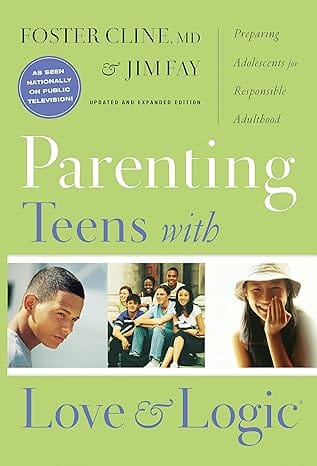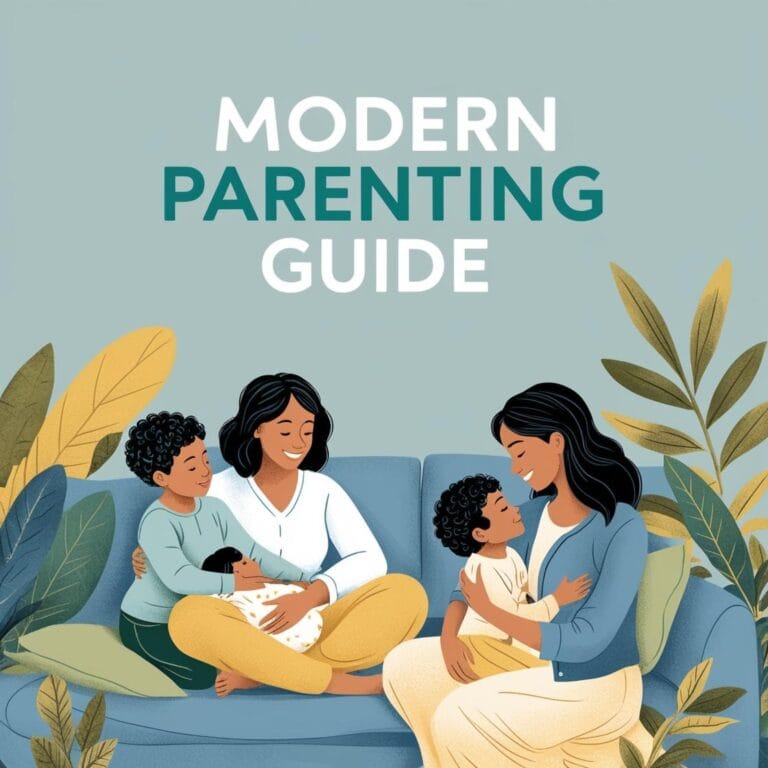Table of Contents
Types of Parenting Styles and Their Impact on Child Development
Seven Types of Parenting Styles
1. Authoritative Parenting
Authoritative parents are both responsive and demanding. They provide clear rules and guidelines but also show warmth, understanding, and support. They encourage open communication and allow children to voice their opinions, fostering independence while maintaining discipline. Research has shown that children raised by authoritative parents tend to be confident, socially adept, and responsible. read more
Impact on Children:
- High self-esteem
- Strong social skills
- Better academic performance
- Good emotional regulation
2. Authoritarian Parenting
Authoritarian parents emphasize obedience and discipline, often with strict rules and high expectations. They are less responsive to their children’s emotional needs and may rely on punitive measures to enforce rules. This style values control over flexibility, leaving less room for the child’s input.
Impact on Children:
- May develop low self-esteem and lack self-confidence
- Higher likelihood of following rules but may struggle with independence
- Risk of anxiety and social withdrawal
3.Permissive Parenting
Permissive parents are warm and indulgent but have few demands or rules. They prioritize their child’s happiness over setting boundaries, often allowing children significant freedom and autonomy. While permissive parents are loving and responsive, the lack of structure can lead to challenges in children’s self-discipline and social interactions.
Impact on Children:
- May struggle with self-discipline
- Higher chance of behavioral issues
- May experience difficulties in respecting authority and following rules
- Generally have higher self-esteem but may lack resilience
4. Uninvolved Parenting (Neglectful)
Uninvolved or neglectful parents provide minimal emotional support and engagement, often due to various stressors or other priorities. They offer little guidance, nurturing, or attention, resulting in limited involvement in their child’s life. This can lead to developmental challenges and issues with self-worth in children.
Impact on Children:
- Often feel neglected and unimportant
- Higher risk of behavioral and emotional issues
- May struggle academically and socially
- Tend to have low self-esteem and self-worth
5. Helicopter Parenting
Helicopter parenting, a more modern style, involves intense focus on a child’s experiences and problems. Helicopter parents often manage or control aspects of their children’s lives, aiming to prevent failure or disappointment. While this style stems from good intentions, it can restrict children’s independence and problem-solving skills.
Impact on Children:
- May lack confidence in their own abilities
- Can struggle with problem-solving and decision-making
- May experience anxiety from pressure to meet high standards
- Tend to be dependent on parental guidance
6. Free-Range Parenting
Free-range parenting promotes independence and allows children to make their own choices within safe boundaries. This style encourages children to explore and take calculated risks, helping them learn from real-life experiences. Free-range parents believe that giving children freedom fosters resilience and self-sufficiency.
Impact on Children:
- Higher independence and self-confidence
- Strong problem-solving skills
- Greater adaptability and resilience
- May be more willing to take responsible risks
7. Gentle Parenting
Gentle parenting is rooted in empathy, respect, and understanding, with a focus on positive discipline rather than punishment. This style emphasizes teaching and guiding children through calm communication and empathetic support. Gentle parenting aims to cultivate children’s emotional intelligence and strengthen the parent-child bond.
Impact on Children:
- Develop strong emotional intelligence
- High self-esteem and trust in relationships
- Better conflict-resolution skills
- Generally cooperative and respectful behavior
Conclusion
Each parenting style offers unique benefits and challenges, and most parents find they don’t fit perfectly into one category. Blending aspects of these styles based on a child’s personality, age, and needs can help create a balanced approach that fosters healthy development.








